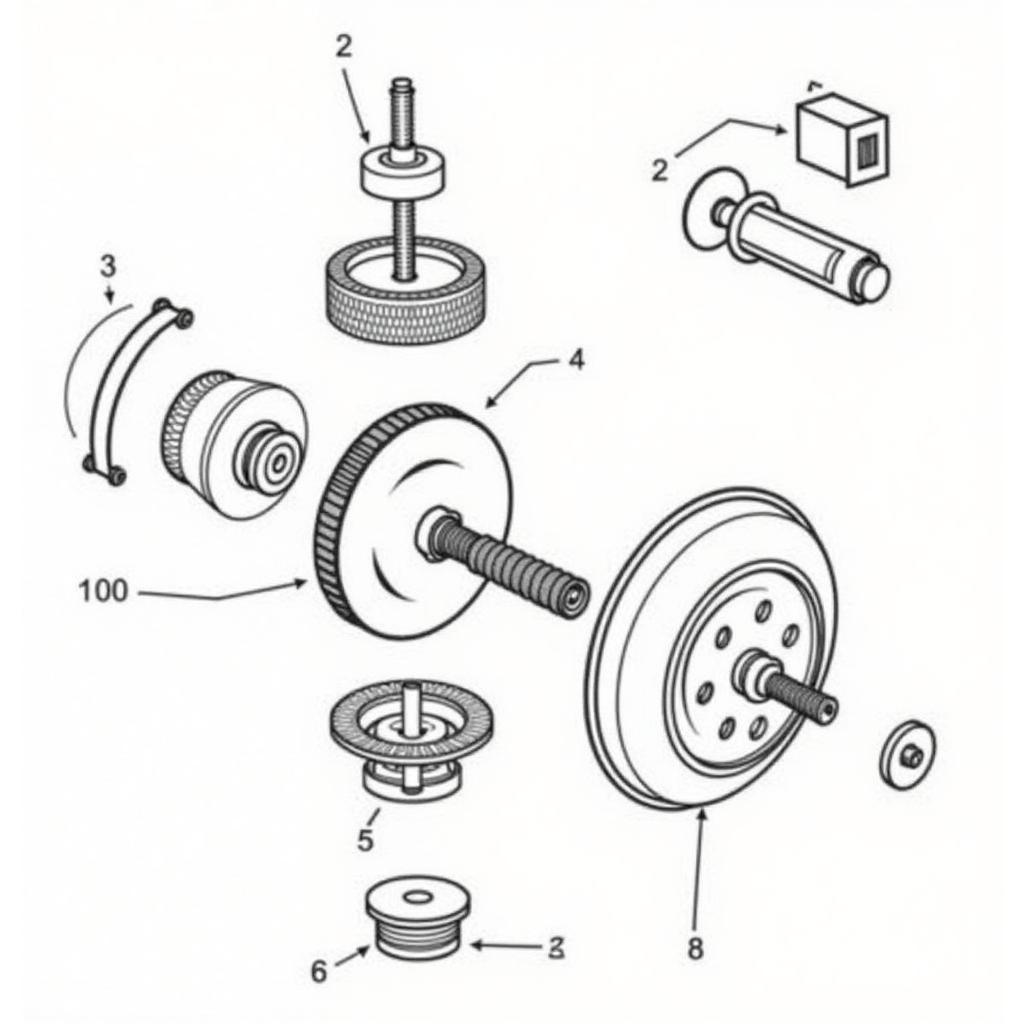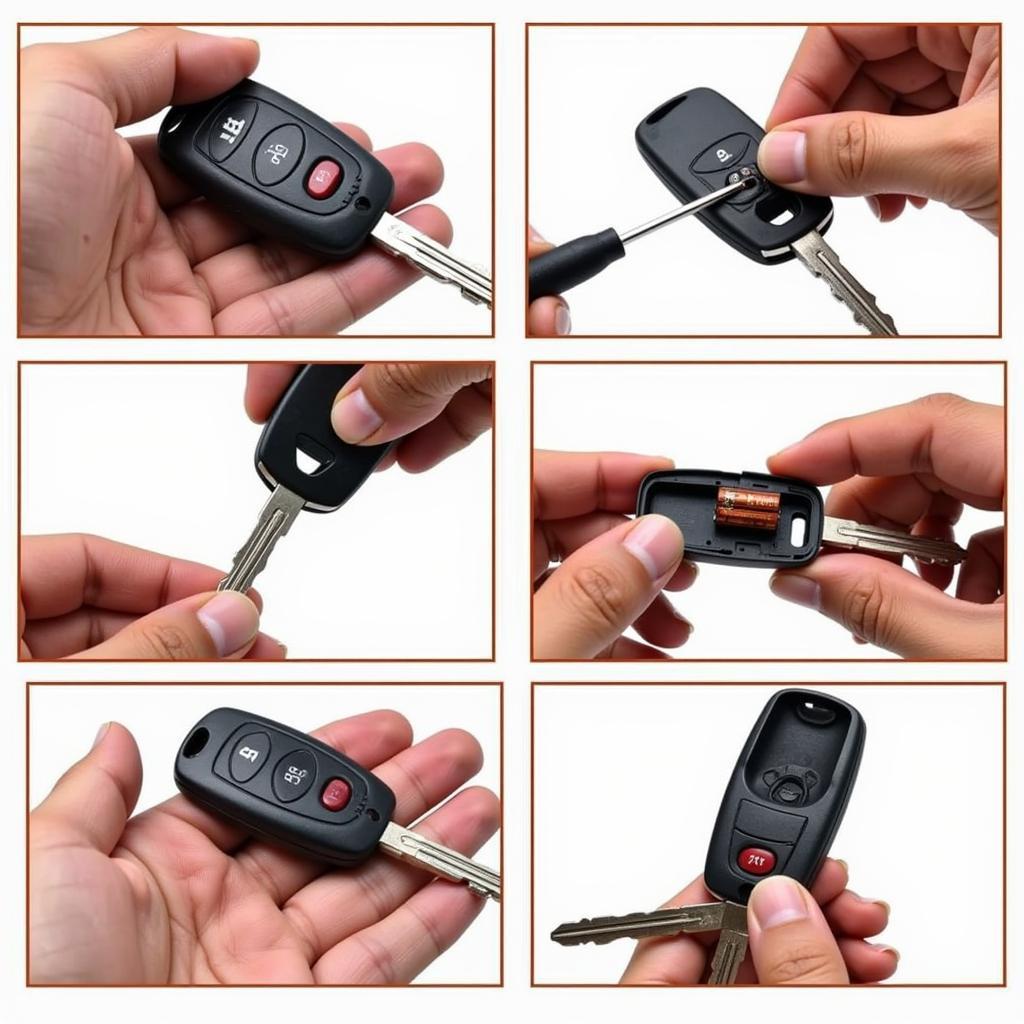Warn 8274 brake removal is a common procedure for off-road enthusiasts and those looking to service or upgrade their winch. This guide will walk you through the process, explain why you might remove the brake, and provide troubleshooting tips for common issues.
Understanding the Warn 8274 brake system is crucial before attempting any removal. The brake is a vital safety component designed to hold the load securely, preventing uncontrolled unwinding. It operates by applying friction to the drum, effectively locking the winch drum in place. Knowing when and why warn 8274 brake removal is necessary is important for both safety and performance. For instance, a worn-out brake can cause jerky operation or even complete failure, necessitating removal and replacement.
Why Remove the Warn 8274 Brake?
There are several reasons why you might need to perform a warn 8274 brake removal. Common reasons include brake replacement due to wear and tear, upgrading to a different brake system, or troubleshooting issues related to the brake. Regular inspection of the brake assembly can identify potential problems before they escalate, preventing unexpected failures on the trail. Sometimes, the brake can become seized or stuck, requiring removal to free it up.
If you’re experiencing slow spooling speed or excessive heat buildup during winching operations, a faulty brake might be the culprit. In such cases, warn 8274 brake removal is necessary for inspection and potential replacement. Upgrading to a more robust brake system can also improve performance and reliability, especially for heavy-duty winching applications.
 Warn 8274 Brake Assembly Diagram
Warn 8274 Brake Assembly Diagram
Steps for Warn 8274 Brake Removal
Before you begin, gather the necessary tools, including a socket set, wrenches, and a screwdriver. Safety glasses and gloves are also recommended.
- Disconnect the winch from the power source. This is a crucial first step to ensure your safety.
- Remove the freespooling knob. This allows you to rotate the drum freely.
- Locate the brake retaining bolts. These are typically located on the back of the winch drum support.
- Carefully remove the retaining bolts. Be sure to keep track of these small parts.
- Gently slide the brake assembly off the drum support. Take note of the orientation of the components for reassembly.
Troubleshooting Common Warn 8274 Brake Issues
Sometimes, the brake might be difficult to remove due to rust or corrosion. Penetrating oil can help loosen the bolts and make removal easier. If you’re replacing the brake, ensure you use a genuine Warn replacement part for optimal performance and compatibility. Incorrectly installed brakes can lead to safety hazards and reduced winching efficiency. After reassembly, always test the brake functionality to ensure it engages and releases correctly.
brake system warning light definition might be helpful for understanding broader brake system warnings, though not directly related to winches.
What if the Warn 8274 brake is still stuck after removal attempts?
If the brake remains stuck even after attempting removal, it might require more specialized tools or professional assistance. Forcing the removal can damage the winch drum or other components. Consulting a qualified winch technician is recommended in such cases.
brake warning light definition is a useful resource for general brake light information.
Conclusion
Warn 8274 brake removal is a straightforward process when performed correctly. Following the steps outlined in this guide and using the correct tools will ensure a safe and successful outcome. Remember to always prioritize safety and consult a professional if you encounter any difficulties. Regular maintenance and timely warn 8274 brake removal, when necessary, will keep your winch operating reliably for years to come.
red brake warning lights definition offers further information on critical brake warnings, though not specific to winches.
parking brake warning light definition while not directly applicable to the Warn 8274, discusses general parking brake warning lights.
brake warning lights definition provides comprehensive information on various brake warning lights, though it’s not specific to winches.

